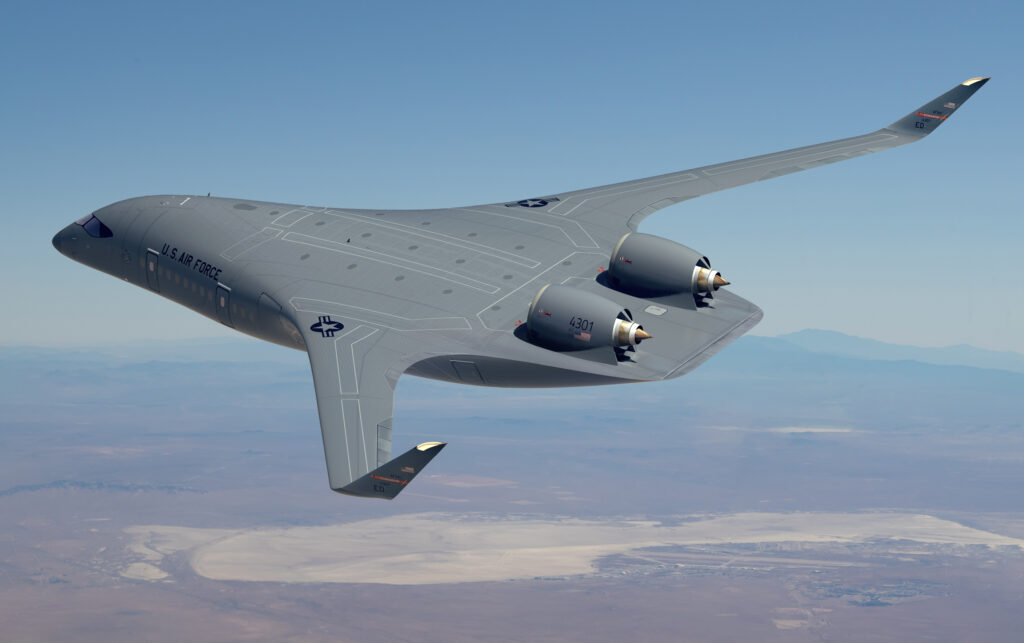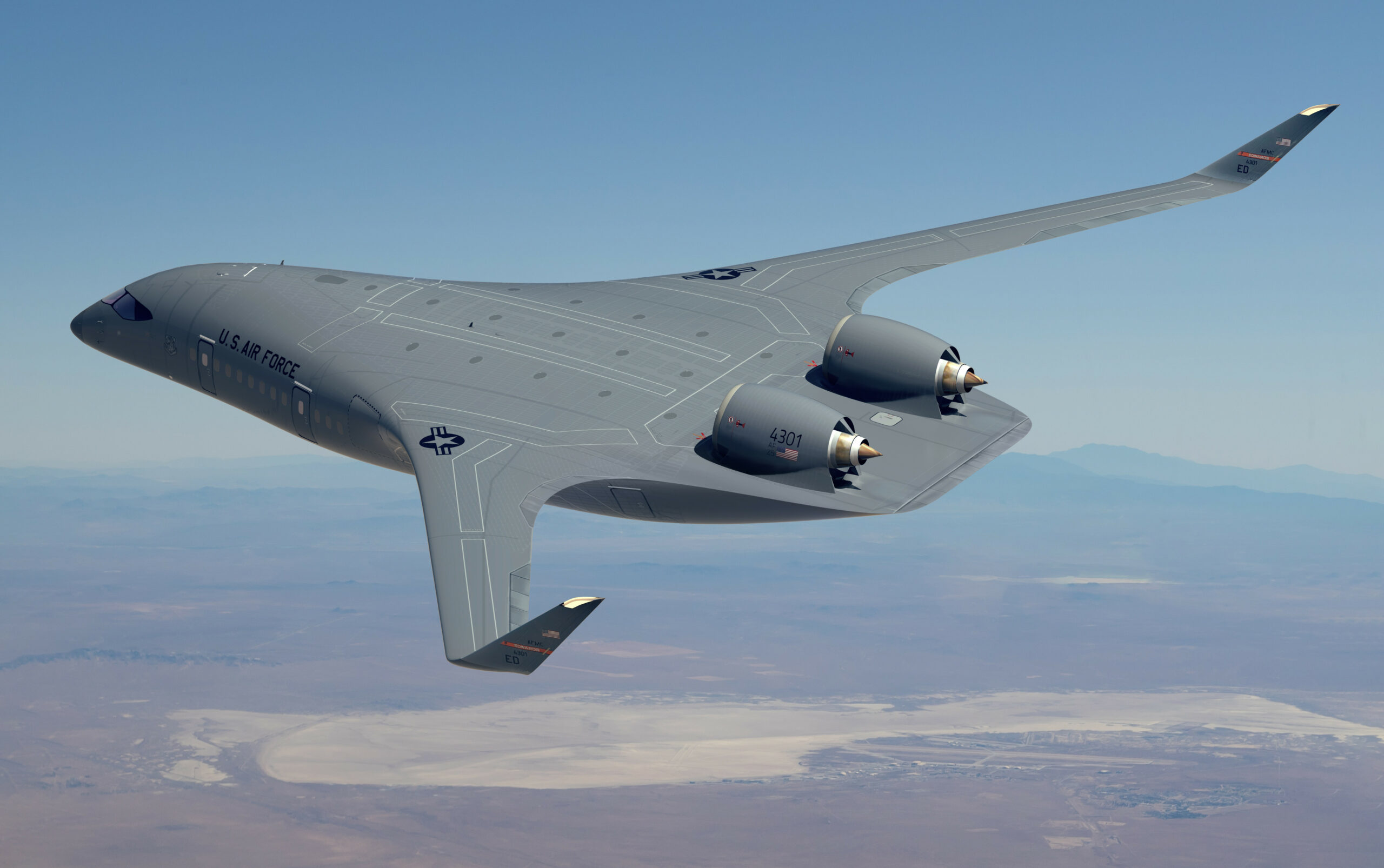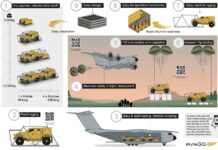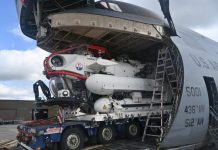The Department of the Air Force in the United States selected California-based start-up firm JetZero on 16 August 2023 for the next phase of a blended-wing body (BWB) prototype aircraft project.
The effort aims to mature BWB technology and demonstrate its capabilities, giving the department and commercial industry more options for future air platforms.
With a design that differs from a traditional tube-and-wing aircraft, the BWB concept blends the aircraft body into its high-aspect-ratio wing, decreasing aerodynamic drag by at least 30% and providing additional lift. This increased efficiency enables extended range, more loiter time, and increased payload delivery efficiencies: capabilities that the US Air Force (USAF) says are vital to mitigating logistics risks.
“Blended wing body aircraft have the potential to significantly reduce fuel demand and increase global reach,” Secretary of the Air Force Frank Kendall was quoted as saying in a USAF press release. “Moving forces and cargo quickly, efficiently, and over long distance is a critical capability to enable national security strategy.”
The USAF noted that several military transport configurations are possible with the BWB. Together, these aircraft types account for approximately 60% of the USAF’s total annual jet fuel consumption.
Studies of a future BWB tanker called the Next Generation Air-refueling System (NGAS) are already underway.

As outlined in the US fiscal year 2023 National Defense Authorization Act, the US Department of Defense (DoD) plans to invest USD 235 M (EUR 216 M) over the next four years to fast-track the development of BWB technology, with additional private investment expected. The effort is the result of collaboration between the Department of the Air Force, the National Aeronautics and Space Administration, and the DoD’s Defense Innovation Unit, with assistance from the DoD’s Office of Strategic Capital.
“It’s been a little over a hundred years since a few brave airmen took to the skies and proved the first aerial refuelling capability, extending the global reach of our air force,” Dr Ravi Chaudhary, assistant secretary of the Air Force for Energy, Installations, and Environment, was quoted as saying. “This announcement marks another game-changing milestone for the air force in our efforts to maintain the advantage of airpower effectiveness against any future competitors.”
As a former pilot and engineer on the USAF’s C-17 airlifter, Chaudhary is leading efforts to ensure efficiencies in operational energy to build greater agility for US theatre commanders.
The USAF additionally noted that, while the BWB concept has been around for decades, more recent technology advancements in structural design, materials technology, manufacturing, and other areas have made large-scale production achievable.
The X-48B, a subscale unmanned aerial vehicle built to investigate the characteristics of BWB aircraft, was built by Boeing’s Phantom Works and first flew on 20 July 2007. The X-48C, a modified version that featured two engines instead of the three used on the B model, first flew on 7 August 2012.
The USAF has said that the commercial aerospace industry, including passenger airlines and air freight companies, also stands to benefit from development of BWB technology, increasing available cabin or cargo space while decreasing operational fuel costs.
The US Air Force Operational Energy Office expects to complete initial flight testing of a BWB prototype as early as 2027.
Established in 2018 with funding from Trucks Venture Capital, JetZero was founded as a company to explore how sustainable aircraft that emit low carbon emissions could be developed.
Peter Felstead






